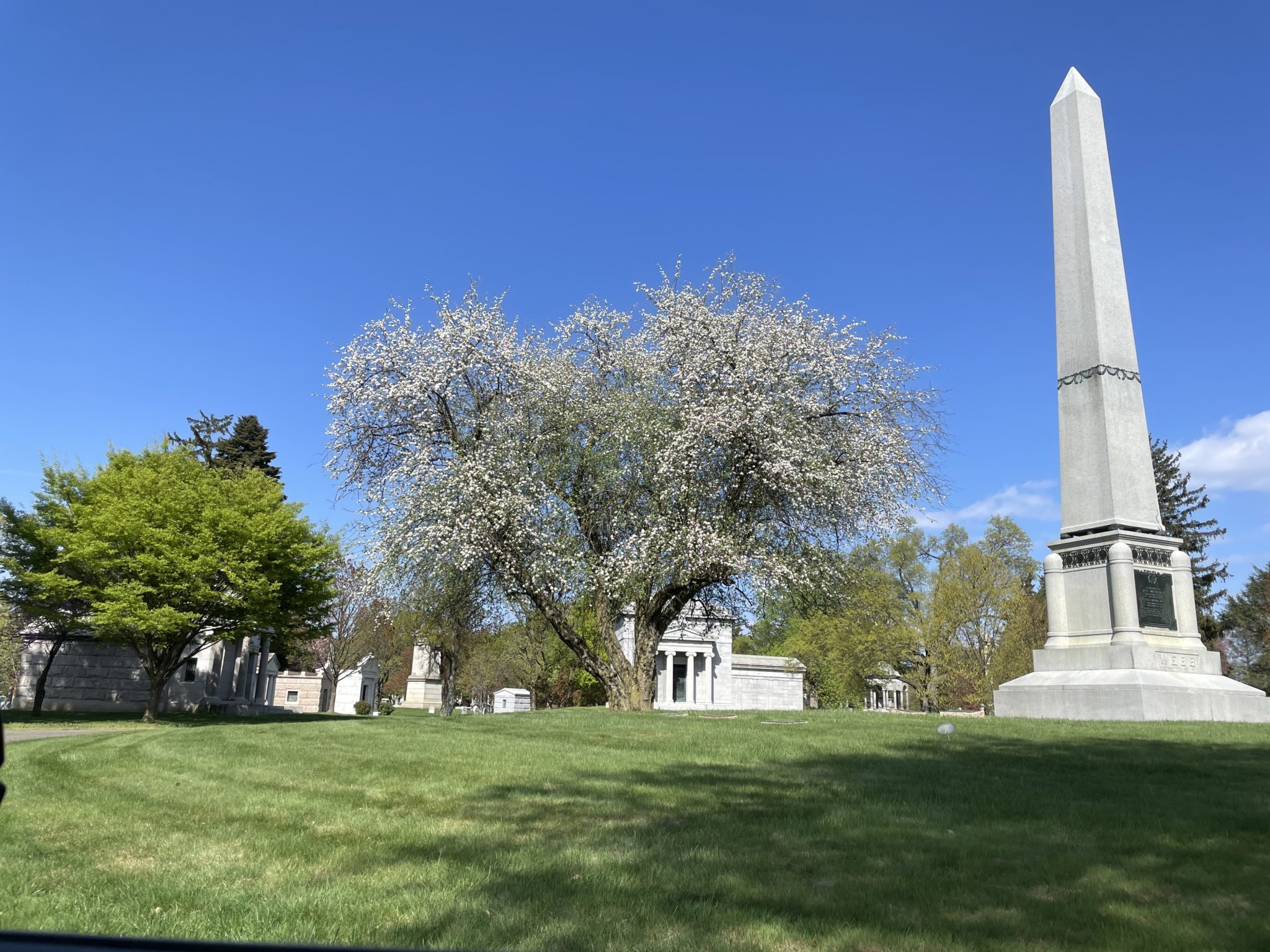
Also known as “the tree of love,” the crabapple is a small to medium-sized deciduous (shedding leaves annually) tree of the genus Malus, a genus of approximately 30 species of small flowering trees and shrubs in the rose family. Compared to apple trees, crabapple trees are stiffer and spinier in form. A forager’s delight, crabapple trees are famous for their showy spring flowers and brightly colored fruit, which bloom from late summer through fall. Crabapple trees have a pretty impressive lifespan of 30 to 70 years, and mature trees can grow to around 10 meters in height. The crabapple tree is a fairly common sight in neighborhoods across the U.S.
Crabapples, especially once they have established their roots, require very little care. To guarantee ample blossoming and fruiting, make sure your crabapple is exposed to at least six hours of sun a day. Rich soil with plenty of drainage is ideal, and crabapples prefer acidic soil with a pH level of 6.0 to 8.0. Generally, a crabapple tree requires three to four years before it is mature enough to bloom and produce fruit.
The crabapple tree holds rich symbolism. The crabapple blossom has a longstanding association with love and marriage. It was said to give an apple was to give your love. Some even claim that if you throw the crabapple pips into a fire while saying the name of your love, your love is faithful if the pips explode.
The Woodlawn Arboretum features over 400 unique tree species and cultivars. Flowering, evergreen, and shade trees originating from North America, Europe, and Asia flourish in our care. Additionally, our Arboretum harbors 11 tree specimens that are remarkable because of their unusual largeness-measuring over five feet in diameter-including a white oak, a European beech, an American basswood, and a Black Oak. To learn more about the Woodlawn Arboretum, click here.
